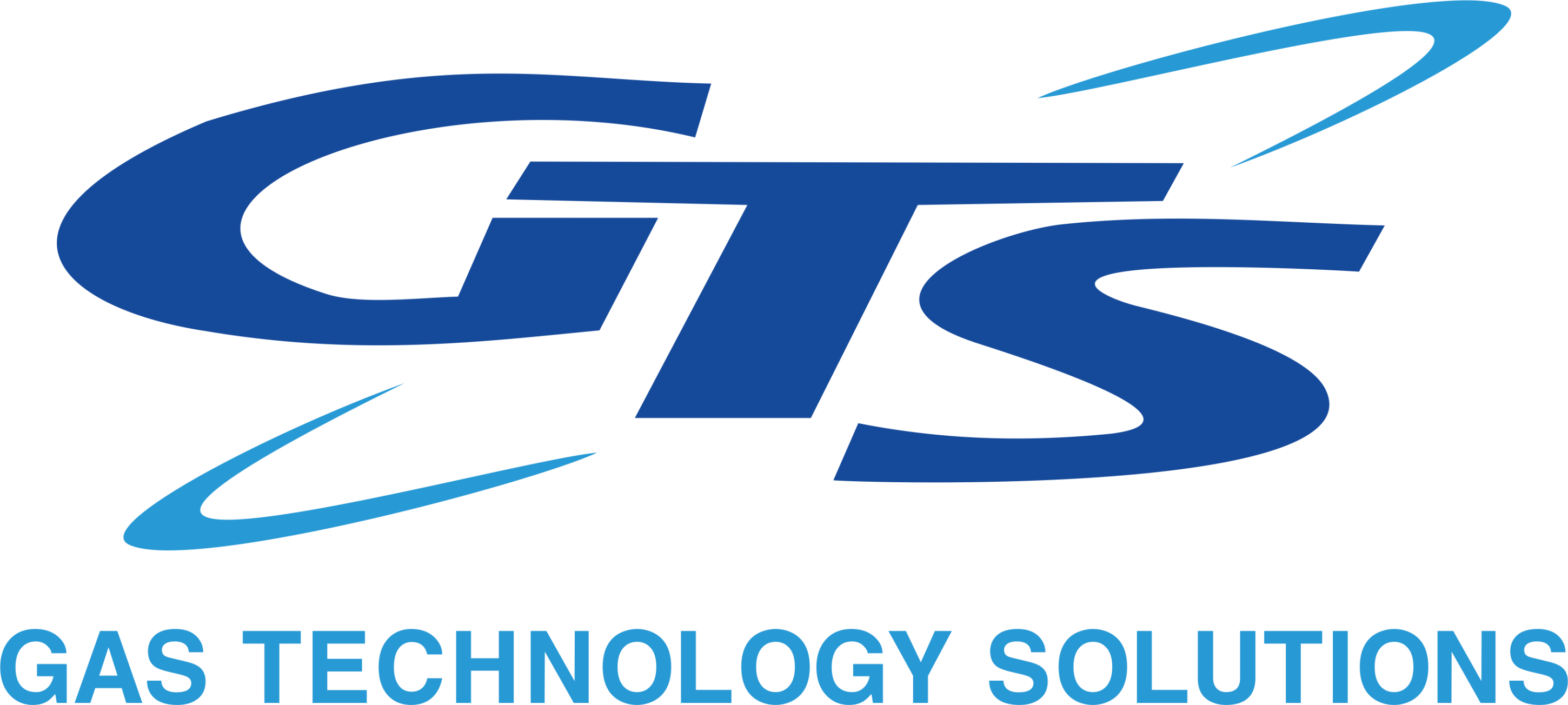Chưa được phân loại
What Is an Operating System?
www.myopendatablog.com/virtual-board-room-for-tech-and-business-leaders/
The operating system (OS) is an integrated set of software programs that oversee the entire computer’s operations and resources. The OS is not visible to the user, but it provides services that application software can help make hardware and software more usable.
Access to the data stored on disks is a crucial operating system feature, and requires the OS to have a way of organizing the contents of each file to increase speed, reliability and storage efficiency. This type of structure is known as a file system. It permits files to have names and attributes as well as to be organized into directories or folders to form a directory tree.
Most computers are equipped with many kinds of hardware devices like keyboards, mice, and printers that rely on device drivers to communicate with the system. The operating system installs and configures these drivers to provide the appropriate service to applications. It also hides hardware information from the user, so that they can interact with the system without knowing the precise hardware configuration.
Process Management
OSs track all applications running on a computer. They determine the amount of time each program should get when it is multitasking. It also manages interruptions that applications generate to draw a processor’s attention and ensures that there’s enough memory for the application to perform its task without interfering with other processes.
Operating systems perform other functions in connection with the overall performance of the computer. For example they maintain the primary memory, which is comprised of huge arrays of bytes or words with an address for each. The OS keeps track of how much of these bytes are utilized by various programs and can delete, move or organize them to free up space.
